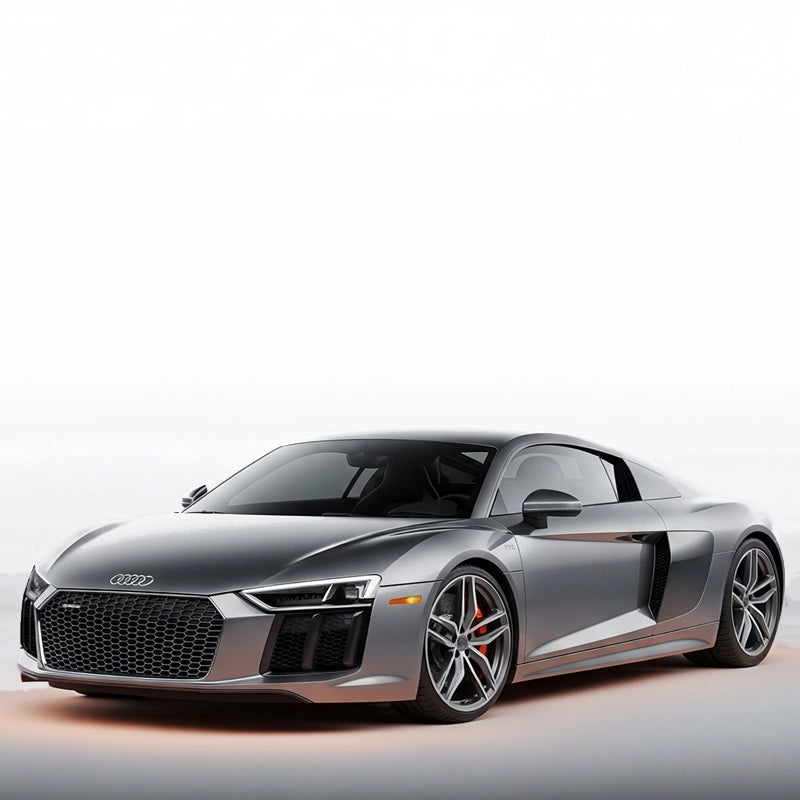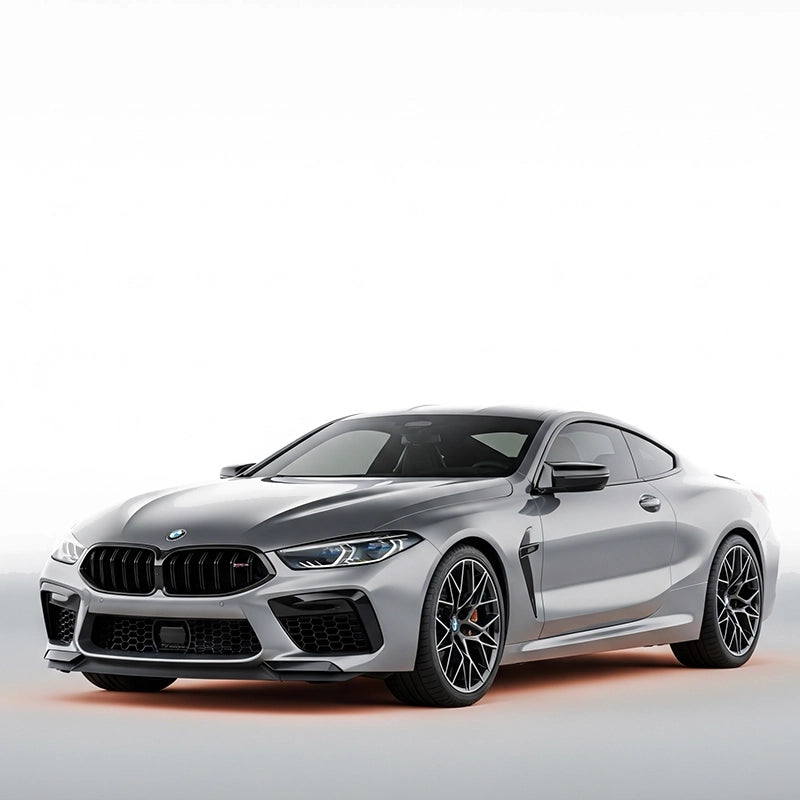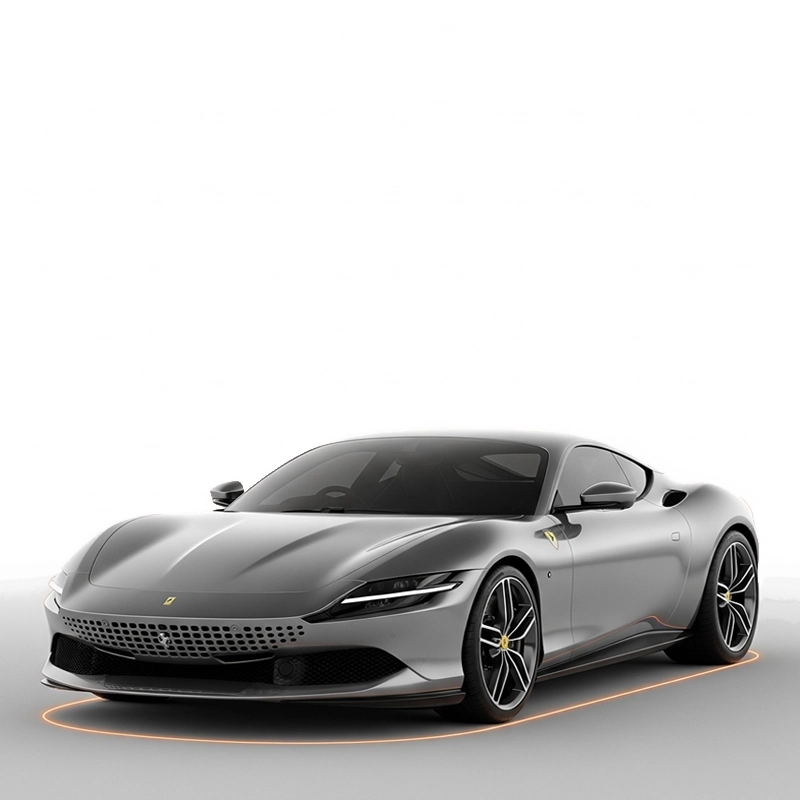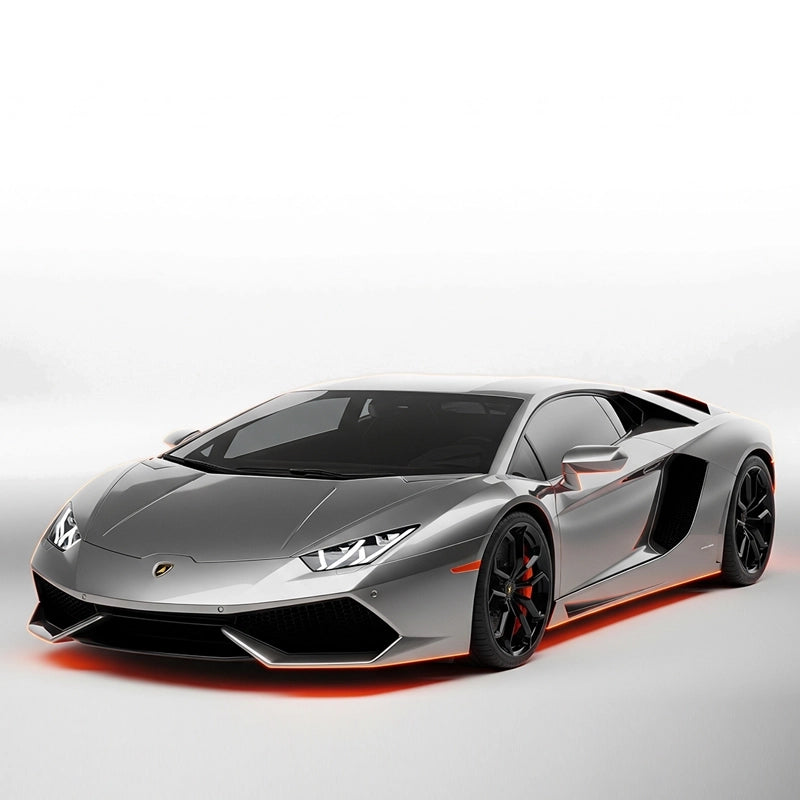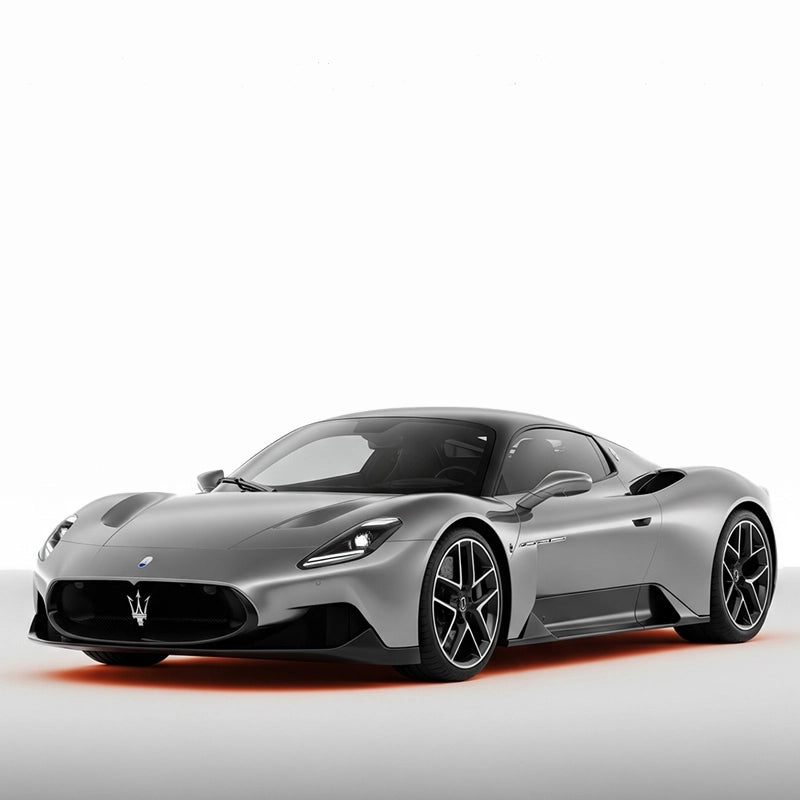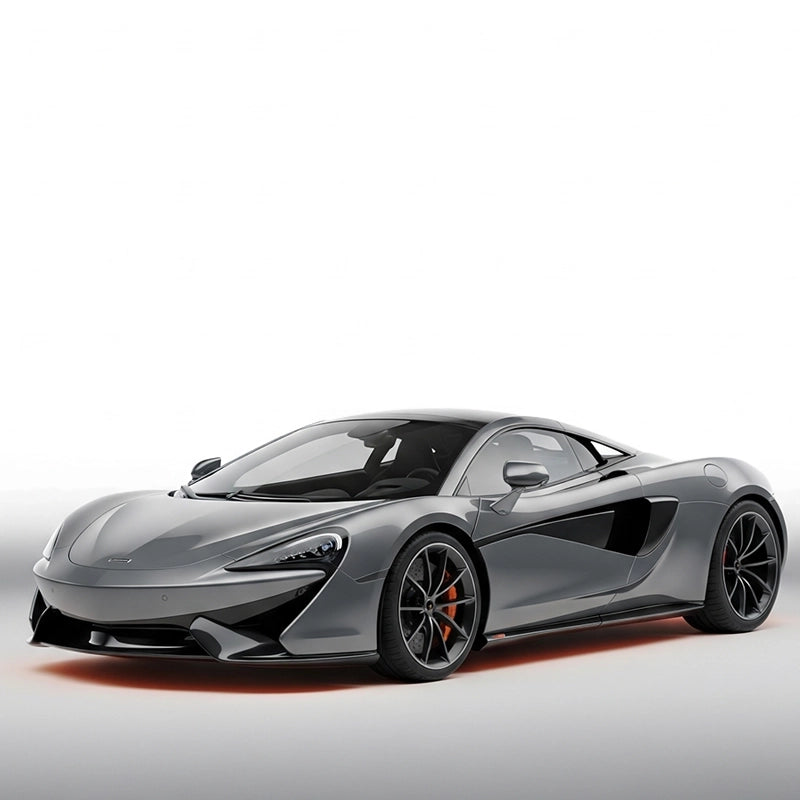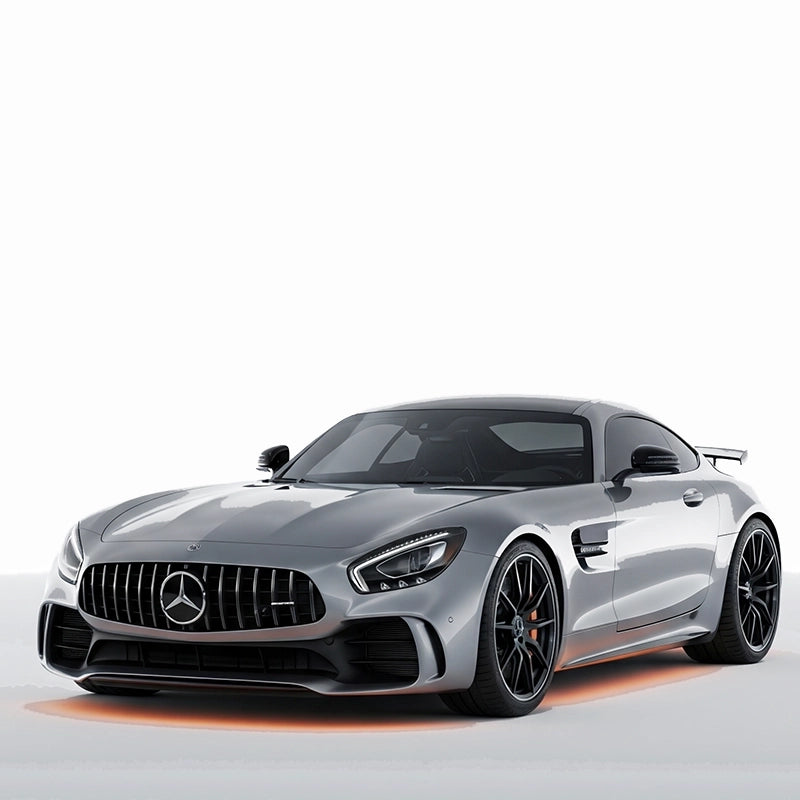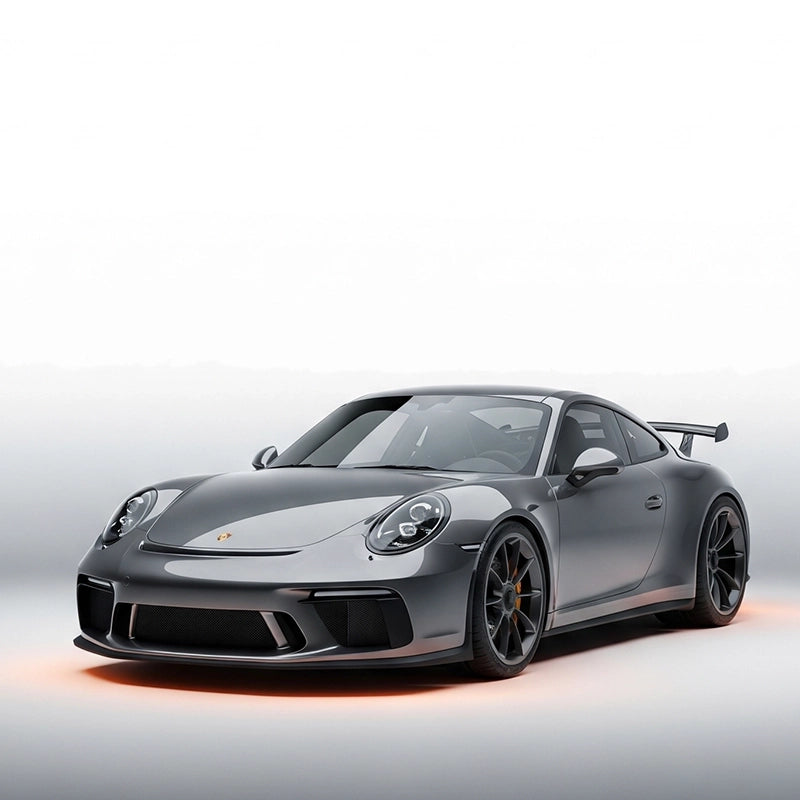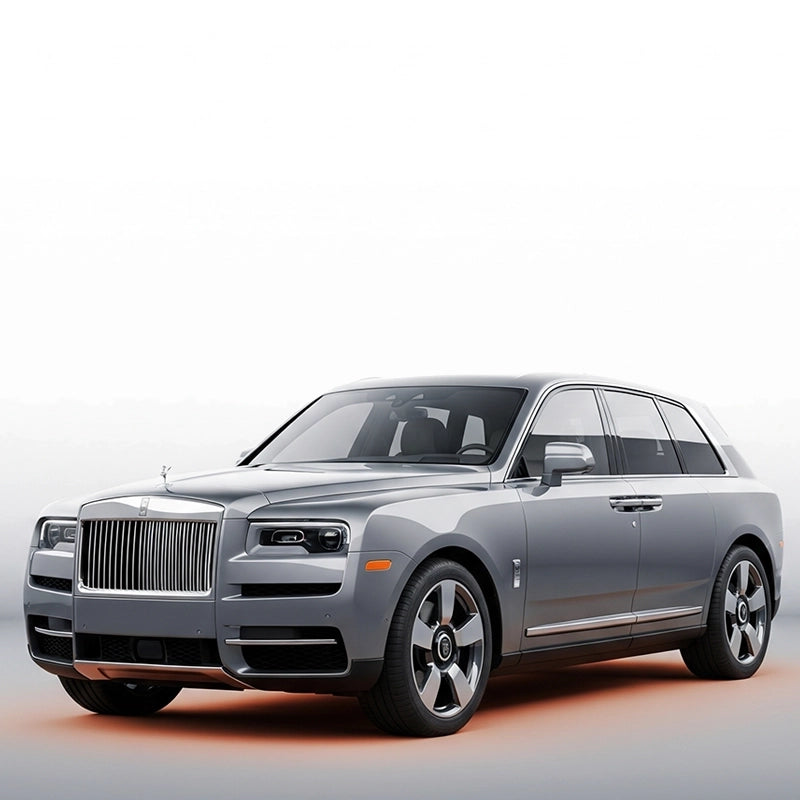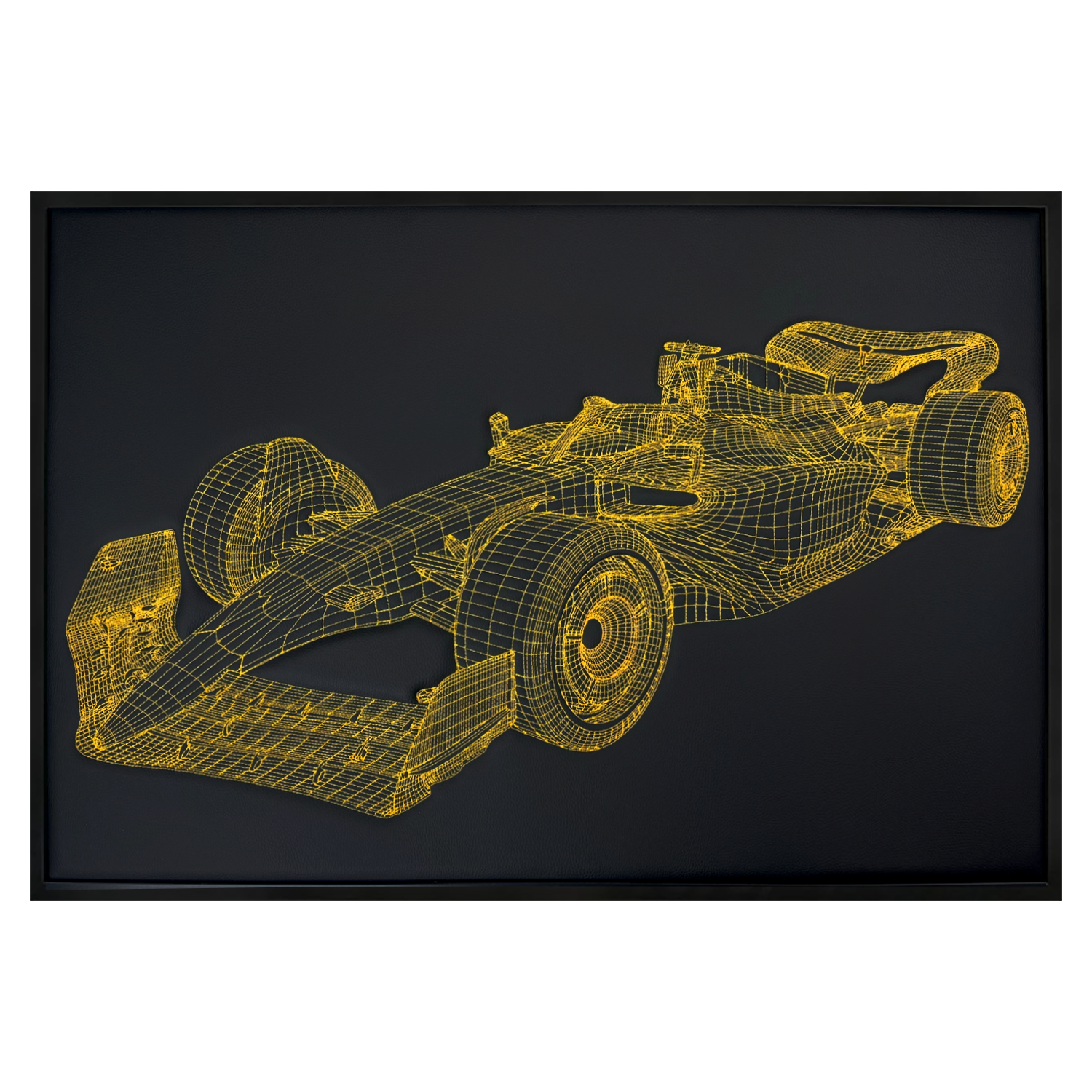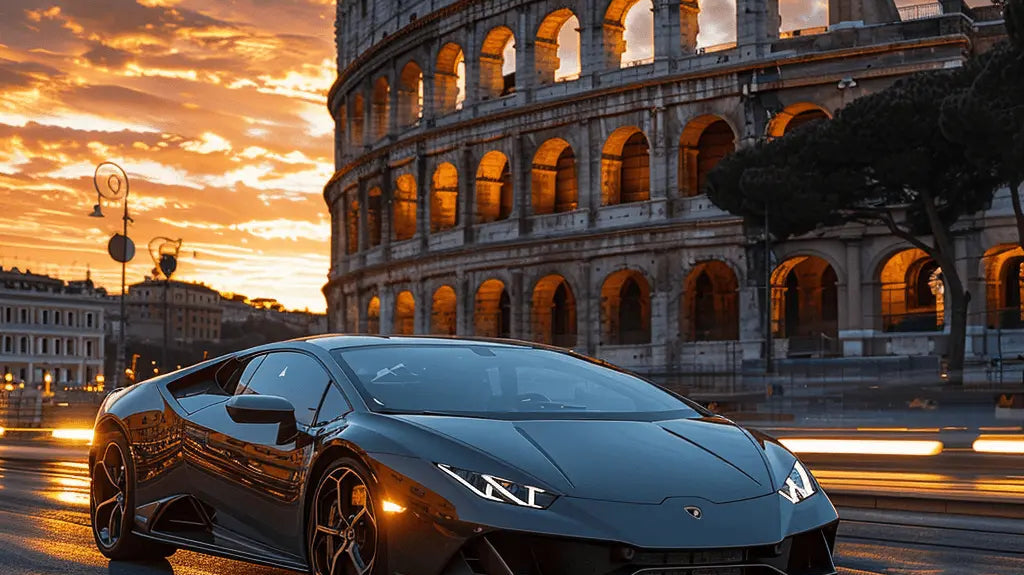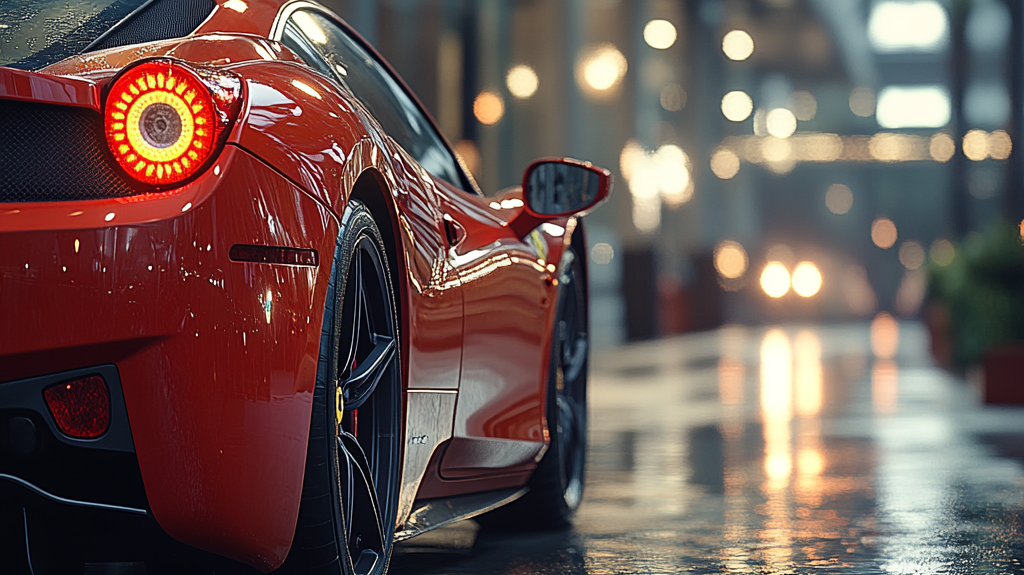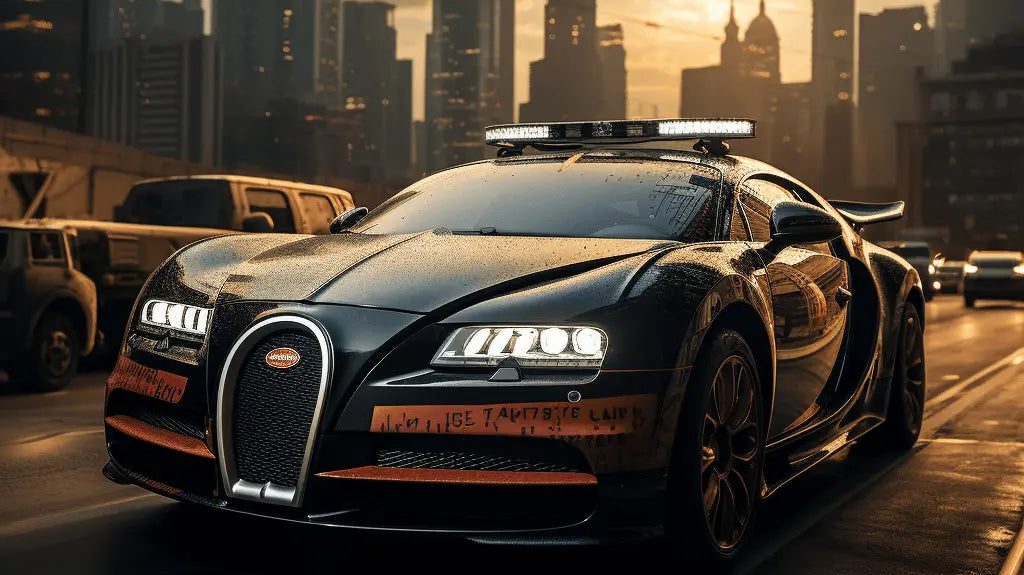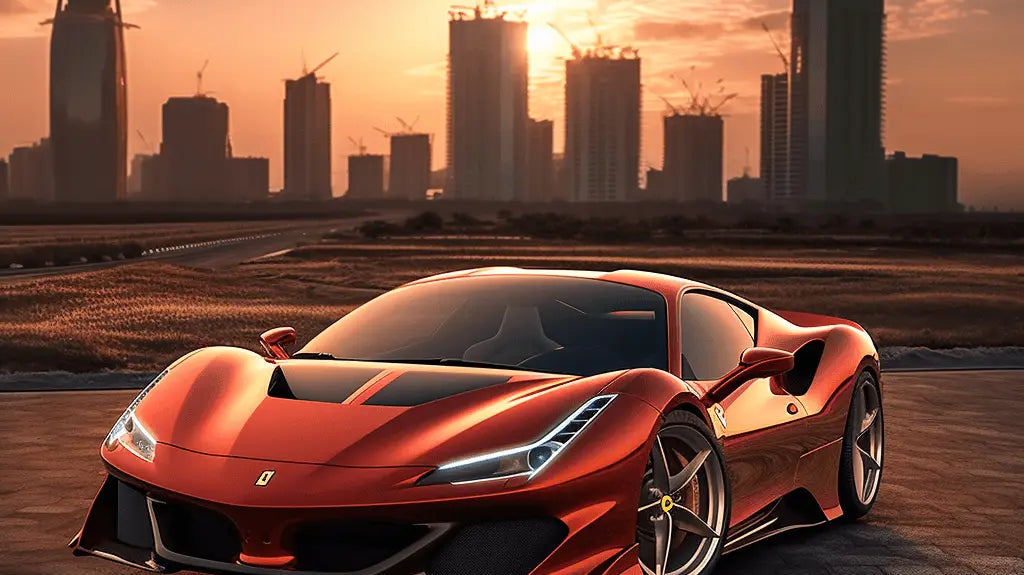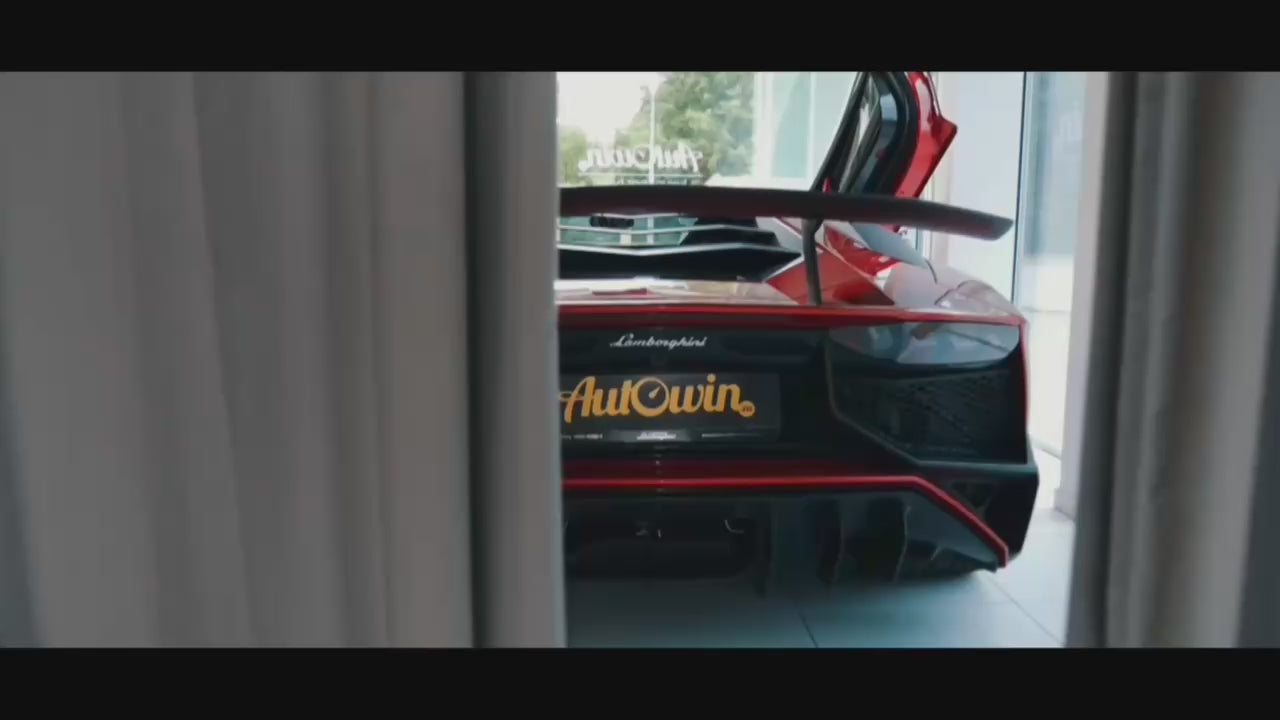Revolutionizing the Road: Cadillac's Trailblazing V8 Engine
I still remember the first time I eased an old Cadillac Type 51 out of a museum car park—big steering wheel, long hood, and that creamy, unbothered idle pulsing underfoot. Honestly, I wasn’t sure at first. Cars from 1914 don’t usually feel eager. But this one did. It whispered instead of clattered. And that’s the point: when Cadillac brought its V8 to market in 1914, it didn’t just make an engine. It changed how American luxury cars felt, sounded, and—crucially—how far they could stretch their legs on the open road.

A pioneer's leap: the birth of the Cadillac V8 engine
In an era when most cars sputtered along on fours, Cadillac showed up with eight cylinders arranged in a neat V—compact, balanced, and startlingly sophisticated for its time. The early Cadillac V8 (debuting for 1915 models) displaced roughly 5.1 liters and produced around 70 horsepower—numbers that don’t shock today, but in 1914 they rearranged expectations. The magic wasn’t just output; it was the refinement. Long distances suddenly became less of a chore and more of an invitation.
What it felt like back then
On the move, the old V8 pulls with low-rpm authority. You don’t chase revs—you surf torque. The idle is calm enough to hear passengers chatting (or your kids disagreeing in the back) and the driveline lopes along like it’s wearing house slippers. On rough roads, the engine stays unflustered, as if it’s smoothing out the surface for you. That was the Cadillac card: effortlessness.
How the Cadillac V8 engine reset the rules
The V8 didn’t just become a Cadillac signature—it became an American standard. Overnight? Not exactly. But the template was set: big torque, smoother running than a comparable four, and packaging that made sense. The market noticed. Luxury rivals followed with their own multi-cylinder statements, and by the 1930s, the premium segment was a symphony of eights and twelves.
- Power with polish: fewer vibrations, friendlier long-distance cruising.
- Compact for its punch: a tidy 90-degree layout fit nicely up front.
- Scalable: from stately touring cars to modern performance sedans.
- Character: the low, warm rumble that still defines an American luxury heartbeat.
Quick comparison: Cadillac’s early V8 in context
| Car/Engine (circa 1914–1916) | Layout | Displacement | Power (approx.) | What it meant |
|---|---|---|---|---|
| Cadillac V8 (1914/15 debut) | V8 | ~5.1 L | ~70 hp | Mass-produced luxury V8 refinement |
| Ford Model T | I4 | ~2.9 L | ~20 hp | Simple, affordable mobility |
| Packard Twin Six (1915/16) | V12 | ~6.9 L | ~80–90 hp | Ultra-smooth prestige benchmark |
Period figures are approximate, but the story holds: Cadillac planted the V8 flag early, and the class took notice.
Did you know? Cadillac paired its V8 era with other big leaps, like the electric self-starter (1912). Less hand-cranking, more grand touring. Your wrists say thanks.
Beyond eight: V12 dreams, V16 bravado, and the V6 reality
It wasn’t just the eight. Cadillac pushed further with a glorious V12 (and an even wilder V16) in the 1930s—rolling testaments to smoothness and status. Decades later, the brand embraced V6 engines in modern luxury sedans and SUVs for efficiency and balance, while still keeping V8 firepower alive in halo models. The throughline? Power, polish, and a touch of theater when you tap the throttle.
The Cadillac V8 engine legacy, then and now
From pioneering tech to a cultural calling card, the Cadillac V8 engine still looms large. Even when I jump into a modern Cadillac with a twin-turbo V6, I catch echoes of the old eight’s mission: effortless thrust and quiet confidence. Owners tell me the same—whether it’s a road trip to the lake house or a late-night airport run, the car just gets on with it, no fuss. That’s heritage you can feel.
Where it fits in your life
- Weekend escapes: calm cruising, easy overtakes, room for luggage and skis.
- City nights out: a refined glide, a subtle burble—valets notice.
- Daily grind: torque-rich drivability makes traffic less tiresome.
Quality accessories: a small upgrade that feels big
Little comforts matter, especially when you’re keeping a cabin pristine. I tried a set of AutoWin’s premium floor mats in an older Cadillac STS and, no joke, it’s one of those upgrades you appreciate every wet morning. The fit is snug, the edges don’t curl, and cleanup is a spray-and-done affair. If you’re shopping for your Cadillac, their tailored sets are worth a look.

Exploring excellence: the AutoWin E‑Shop
From premium floor mats to trim-friendly accessories, AutoWin focuses on the details that keep your Cadillac feeling fresh and premium. If you’re obsessive about fit and finish (guilty), it’s a rabbit hole worth diving into.
Steering ahead: why the Cadillac V8 engine still matters
More than a historical talking point, the Cadillac V8 engine is a living idea: civilized power. It shaped a century of American luxury and performance, and even as the industry pivots to electrification, that baseline of smooth, quiet thrust keeps inspiring what comes next. The badge evolves; the promise remains.
FAQ: Cadillac V8 engine questions, answered
- Did Cadillac build the first production V8? Cadillac is widely credited with the first mass-produced, series-built V8 for passenger cars in 1914 (for 1915 models).
- How much power did the early Cadillac V8 make? Around 70 horsepower from roughly 5.1 liters—impressive for the time and notably refined.
- Which modern Cadillacs use V8 power? Performance flagships like the CT5-V Blackwing have used supercharged V8s, while many mainstream models employ efficient turbocharged four- and six-cylinder engines.
- What made Cadillac’s V8 special? Smoothness, torque-rich drivability, and the way it transformed long-distance comfort into a brand-defining trait.
- Are AutoWin floor mats worth it for my Cadillac? If you want a tidy, tailored look and easy cleanup, the fit and finish are genuinely solid based on my experience.

